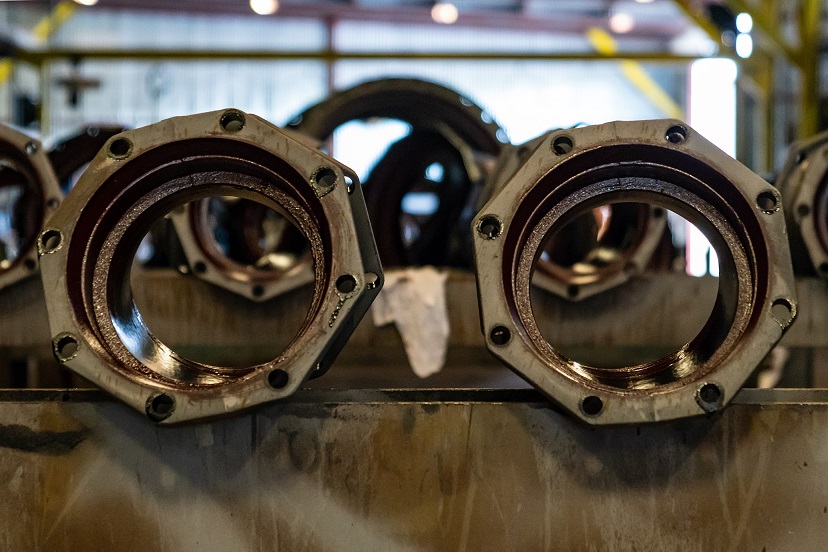In various industries, ensuring the safety and stability of structures and systems is of paramount importance. One crucial element in achieving this is the utilization of mechanical joint restraints. In this comprehensive article, we will delve into the concept of mechanical joint restraints, exploring their purpose, types, and the benefits they bring. By understanding the intricacies of these restraints, professionals can enhance safety measures and mitigate potential risks effectively.
- Understanding Mechanical Joint Restraints:
A mechanical joint restraint is a device or system designed to limit the movement or separation of connected components. It provides stability, prevents excessive stress, and ensures the integrity of the joint. These restraints are commonly used in applications where the movement of components could lead to hazardous situations or compromise the overall performance of the system. - Types of Mechanical Joint Restraints:
There are several types of mechanical joint restraints available, each designed for specific applications and requirements. Some common types include:
- Pipe Restraints: Pipe restraints are used in plumbing, irrigation, and industrial piping systems to prevent pipe movement caused by pressure, temperature changes, or external forces. They typically consist of clamps, brackets, or straps that secure the pipe to a fixed structure.
- Flange Restraints: Flange restraints are employed in piping systems where flanges are used to connect pipes or components. These restraints prevent flange separation due to internal pressure, vibration, or external forces. They often utilize bolts, clamps, or wedges to secure the flanges together.
- Expansion Joint Restraints: Expansion joints are used to accommodate thermal expansion and contraction in piping systems. Expansion joint restraints are employed to limit the movement of the joint within acceptable limits, preventing excessive stress on the system.
- Benefits and Applications of Mechanical Joint Restraints:
Mechanical joint restraints offer numerous benefits and find applications in various industries. Some key advantages include:
- Enhanced Safety: By limiting movement and preventing component separation, mechanical joint restraints minimize the risk of accidents, leaks, or system failures. This is particularly crucial in applications involving high-pressure fluids, hazardous materials, or critical infrastructure.
- Improved System Performance: Restraints ensure that components remain properly aligned and connected, optimizing the overall performance of the system. They prevent leaks, reduce stress on joints, and minimize the potential for damage or premature wear.
- Cost Savings: By preventing system failures, mechanical joint restraints help avoid costly repairs, downtime, and potential liabilities. They contribute to the longevity and reliability of the system, resulting in long-term cost savings.
- Versatility: Mechanical joint restraints are available in various sizes, configurations, and materials to suit different applications. They can be customized to meet specific project requirements, ensuring compatibility and effectiveness.
Conclusion:
Mechanical joint restraints play a vital role in ensuring the safety, stability, and performance of structures and systems across industries. By understanding their purpose, types, and benefits, professionals can make informed decisions when selecting and implementing these restraints. Whether it's in plumbing, piping, or other critical applications, the utilization of mechanical joint restraints is a proactive measure to mitigate risks, enhance safety, and optimize system performance.

